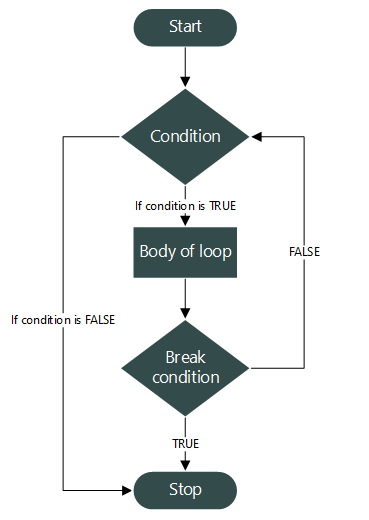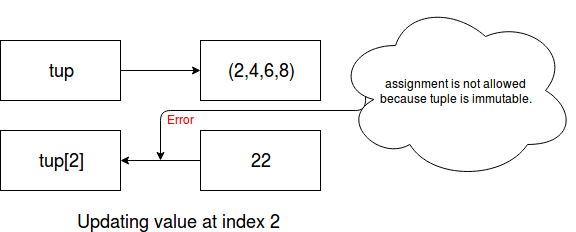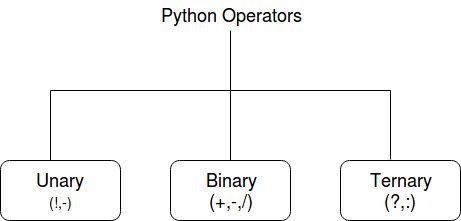Interview :: python
What is swapcase() function in the Python?
It is a string's function which converts all uppercase characters into lowercase and vice versa. It is used to alter the existing case of the string. This method creates a copy of the string which contains all the characters in the swap case. If the string is in lowercase, it generates a small case string and vice versa. It automatically ignores all the non-alphabetic characters. See an example below.
it is in lowercase. IT IS IN UPPERCASE.
How to remove whitespaces from a string in Python?
To remove the whitespaces and trailing spaces from the string, Python providies strip([str]) built-in function. This function returns a copy of the string after removing whitespaces if present. Otherwise returns original string.
FresherGate FresherGate FresherGate
After stripping all have placed in a sequence:
FresherGate
FresherGate
FresherGate
To remove leading characters from a string, we can use lstrip() function. It is Python string function which takes an optional char type parameter. If a parameter is provided, it removes the character. Otherwise, it removes all the leading spaces from the string.
javatpoint javatpoint After stripping all leading whitespaces: javatpoint javatpoint

After stripping, all the whitespaces are removed, and now the string looks like the below:

The join() is defined as a string method which returns a string value. It is concatenated with the elements of an iterable. It provides a flexible way to concatenate the strings. See an example below.
Output:
aRohanb
This method shuffles the given string or an array. It randomizes the items in the array. This method is present in the random module. So, we need to import it and then we can call the function. It shuffles elements each time when the function calls and produces different output.
[12, 25, 15, 65, 58, 14, 5] Reshuffled list : [58, 15, 5, 65, 12, 14, 25]
What is the use of break statement?
It is used to terminate the execution of the current loop. Break always breaks the current execution and transfer control to outside the current block. If the block is in a loop, it exits from the loop, and if the break is in a nested loop, it exits from the innermost loop.
2 4 6 8 10 odd value found 11

Python Break statement flowchart
A tuple is a built-in data collection type. It allows us to store values in a sequence. It is immutable, so no change is reflected in the original data. It uses () brackets rather than [] square brackets to create a tuple. We cannot remove any element but can find in the tuple. We can use indexing to get elements. It also allows traversing elements in reverse order by using negative indexing. Tuple supports various methods like max(), sum(), sorted(), Len() etc.
To create a tuple, we can declare it as below.
(2, 4, 6, 8) 6

It is immutable. So updating tuple will lead to an error.
tup[2]=22 TypeError: 'tuple' object does not support item assignment (2, 4, 6, 8)

The Python provides libraries/modules that enable you to manipulate text files and binary files on the file system. It helps to create files, update their contents, copy, and delete files. The libraries are os, os.path, and shutil.
Here, os and os.path - modules include a function for accessing the filesystem
while shutil - module enables you to copy and delete the files.
Python provides three modes to open files. The read-only, write-only, read-write and append mode. 'r' is used to open a file in read-only mode, 'w' is used to open a file in write-only mode, 'rw' is used to open in reading and write mode, 'a' is used to open a file in append mode. If the mode is not specified, by default file opens in read-only mode.
- Read-only mode : Open a file for reading. It is the default mode.
- Write-only mode: Open a file for writing. If the file contains data, data would be lost. Other a new file is created.
- Read-Write mode: Open a file for reading, write mode. It means updating mode.
- Append mode: Open for writing, append to the end of the file, if the file exists.
An operator is a particular symbol which is used on some values and produces an output as a result. An operator works on operands. Operands are numeric literals or variables which hold some values. Operators can be unary, binary or ternary. An operator which require a single operand known as a unary operator, which require two operands known as a binary operator and which require three operands is called ternary operator.

For example:
